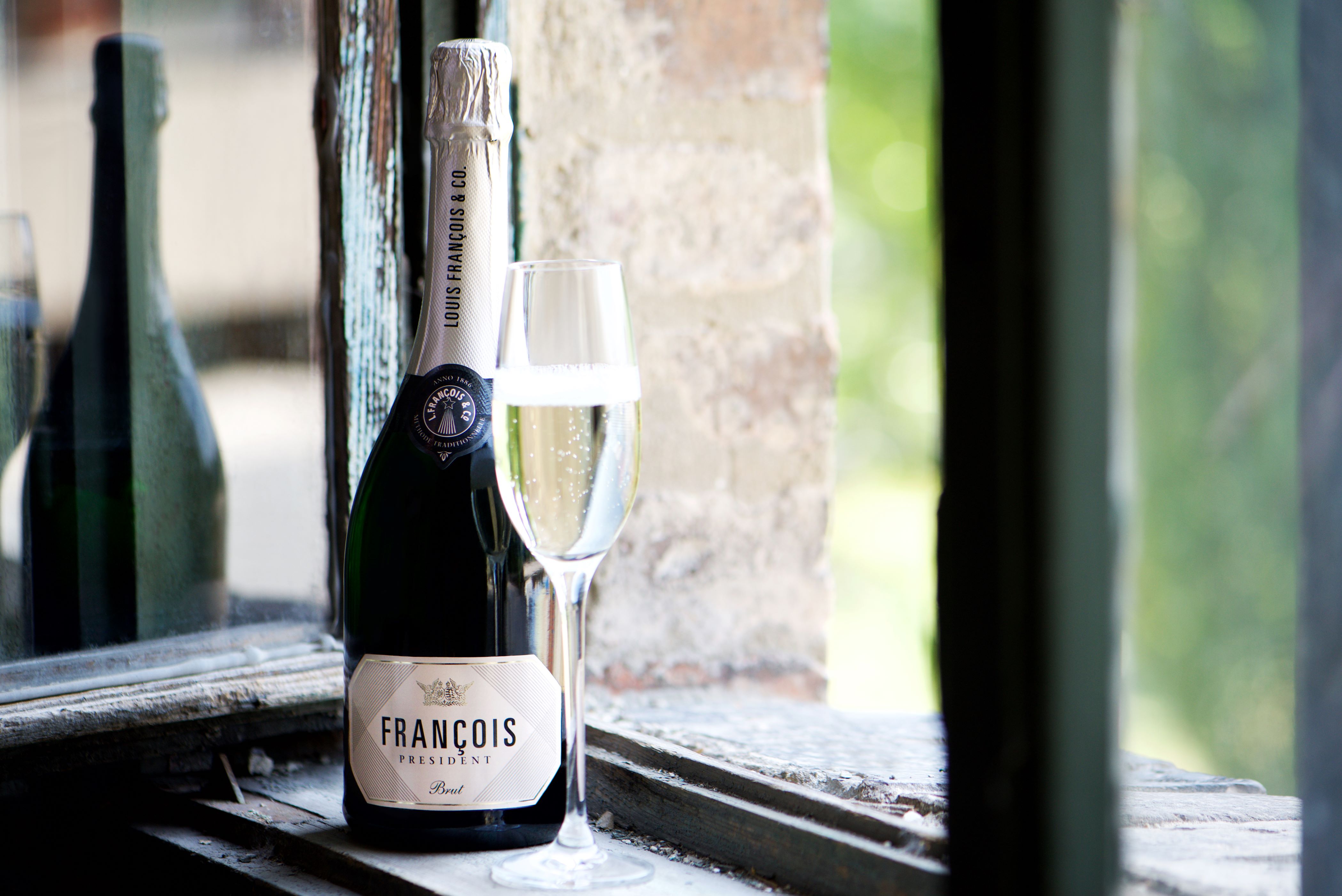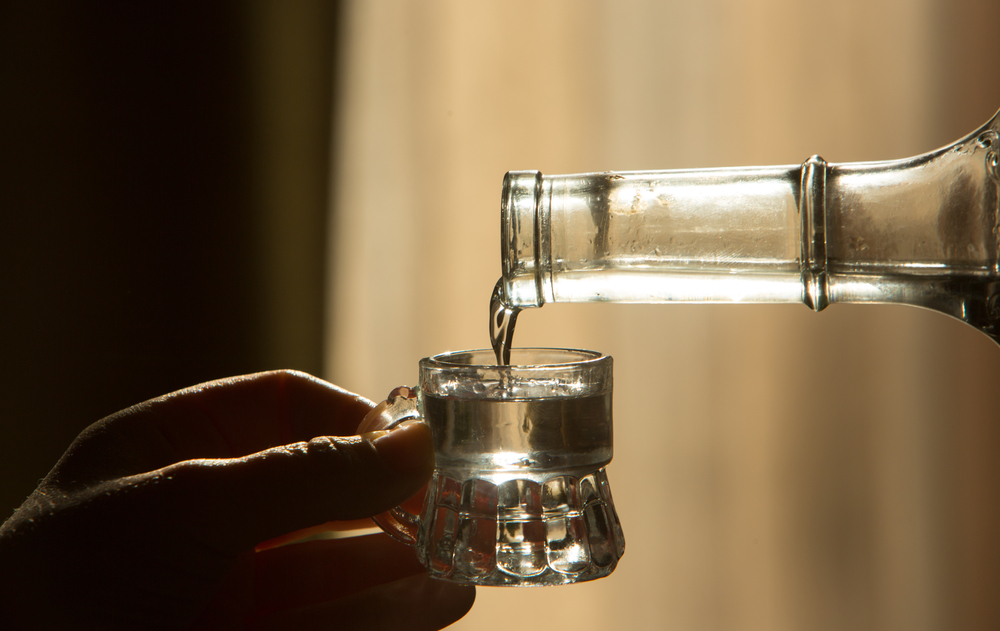Anything but bad Wine to be had This Summer

While some wine lovers abide by the initials ABC (Anything But Chardonnay), the reason for the Chardonnay grape being planted so far and wide across the globe is that it is a damned good grape for making wine from, and also a fine articulator of terroir, something which extends to Hungary.
Magyar vintners united in the Chardonnay cause descended on the winemaking town of Etyek in the Etyek-Buda region, just 30 km west of the capital, on June 23 for ChardonnÉJ, an evening celebration of the Chardonnay grape.
While I couldn’t make it to ChardonnÉJ this year – certainly not due to any hatred of Chardonnay – I did have a wow moment when tasting the 2016 Chardonnay from Etyeki Kúria (HUF 2,590 from Bortársaság) on a recent trip to the cutting-edge cellar that’s surrounded by vines up on Öreg-hegy.
Coming from an area of limestone soil from the Nagy-Látó and Öreg-hegy vineyards, 30% of this wine was fermented and aged (for a year) in oak, with 70% being vinified in tank – and the balance is just right. The oak lends body but avoids those buttery-vanilla aromas and flavors that were so popular in Chardonnays of old, but are now so out of vogue. Hats off to winemaker Sándor Merész; this Chardonnay is varietally pure with lots of zesty citrus fruit, vibrant and mouth-tingling acidity as well as impressive length.
Thing of Beauty
I must admit that Chardonnay isn’t the first white wine I’m itching to taste in Hungary, given the sheer range of indigenous grape varieties on offer, but a classy Chardonnay is indeed a thing of beauty.
The grape variety is clearly very well suited to the Etyek-Buda region with its cooling breezes, limestone soils and balanced climate. Incidentally, participants in ChardonnÉJ selected a local wine – Nyakas Pincészet’s Menádok Chardonnay 2011 as the best wine from a range of Chardonnays from big names from Balaton, Eger, Kunság, Mátra, Mór, Pannonhalma and Tokaj. Mark your diaries for the fifth edition of the event, which will be hosted on June 22, 2019.
While Etyek is putting increasing emphasis on Chardonnay, it is also a great spot for other international grapes, such as Sauvignon Blanc and Pinot Noir, as well as all manner of sparkling wines (including various brands from the Törley group) thanks to the high natural acidity that the grapes capture here.
Austrian grape Grüner Veltliner (Zöldveltelini in Hungarian) can be very good in Etyek-Buda when you can find it. While I was disappointed by the bijou Hernyák winery having sold out of Zöldveltelini, its Királyleányka 2017 (a natural crossing of Leányka and Grasă that hails from Transylvania) saved the day with its rich texture and good structure to back up the grape’s appealing and abundantly floral attack. It is definitely an underrated grape. The Hernyák winery is also located up on Etyek’s picturesque Öreg-hegy.
Etyeki Kúria’s Pinot Noir is a candidate for the finest from the grape variety in the country (other excellent ones I’ve recently tasted come from Eger’s Attila Pince and St. Andrea). Etyeki Kúria actually grows a third of its grapes in Sopron, whose slate and mica vineyards are the source of a killer Kékfrankos (the 2015 was the winner of the Winelovers’ Kékfrankos Április panel tasting this year).
There’s also Etyeki Kúria Red (HUF 2,050 from Bortársaság) – a blend of Merlot (60%), Kékfrankos, Pinot Noir (5%) and Zweigelt (5%). With its medium body, juicy red fruit and refreshing acidity, the 2016 version is the ideal summer red, and can be served a touch chilled.
Aromatic and racy Sauvignon Blanc is the ideal white wine for keeping cool with in summer. Etyeki Kúria’s 2017 Sauvignon Blanc (HUF 2,590 from Bortársaság) is crispy yet juicy and mouth-filling with gooseberry and grassy aromas. It was aged on the fine lees and one-third of it comes from the virgin vintage of new French clones from Kis-Látóhegy.
Skillfully Blended
Another candidate for the country’s best Sauvignon Blanc – at least of the kind made in stainless steel in the fresher, reductive style – comes from the Pannonhalmi Monastery winery, where the wines are made by Zsolt Liptai, a close former classmate of the above mentioned Sándor Merész. Skillfully blended from grapes coming from two vineyards – the sandy loess of the warmer Széldomb vineyard and the white clay of the cooler Tavaszó, the 2017 gets both the cooler green pepper and green grass character, as well as the riper mango.
While Pannonhalma is often assumed to be a white wine region, the Pannonhalmi winery also makes one of the country’s best reds – Infusio, a blend of Merlot and Cabernet Franc, the 2015 of which has pretty much sold out, just as it was hitting top form. This wine strikes a great balance between depth of flavor and cooler climate freshness. Incidentally, there are still a few magnums available from the winery itself. There’s no shortage of the light but very bright Tricollis Vörös 2017 (HUF 2,650), a juicy blend of three varieties that’s the ideal summer tipple.
Hungarian aromatic white wines can also come into their own in the summer. Back in the darkness of November, I recall Garamvári Szőlőbirtok’s Irsai Olivér 2017 shining at a South Balaton portfolio tasting. It recently won the Champion prize for white wine at the 2018 edition of the Vinagora wine competition. Not bad for a wine that costs around HUF 1,000 at Lidl!
Irsai Olivér is an early-ripening crossing of the Csabagyöngye and Pozsonyi fehér varieties, created by Pál Kocsis in 1930. While is often dismissed by sommeliers, it is a vibrantly aromatic grape that appeals to many consumers with its floral, fruity and Muscaty nose. Another good offering comes from the aforementioned Nyakas, from Zsambék in the Etyek-Buda region, which came in well above par in 2017, with nice acidity and substance to hold up the palate and suitably back up the aromas.
SUPPORT THE BUDAPEST BUSINESS JOURNAL
Producing journalism that is worthy of the name is a costly business. For 27 years, the publishers, editors and reporters of the Budapest Business Journal have striven to bring you business news that works, information that you can trust, that is factual, accurate and presented without fear or favor.
Newspaper organizations across the globe have struggled to find a business model that allows them to continue to excel, without compromising their ability to perform. Most recently, some have experimented with the idea of involving their most important stakeholders, their readers.
We would like to offer that same opportunity to our readers. We would like to invite you to help us deliver the quality business journalism you require. Hit our Support the BBJ button and you can choose the how much and how often you send us your contributions.









